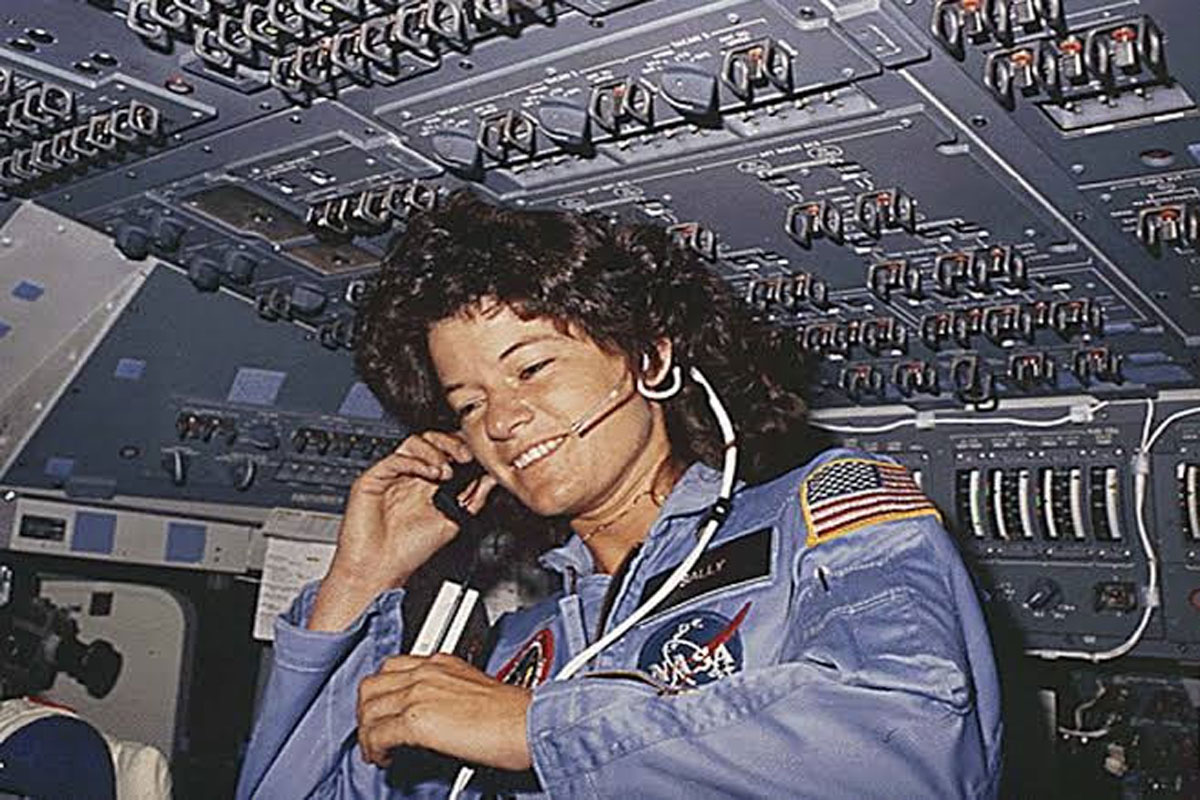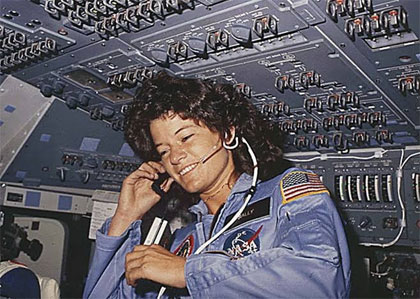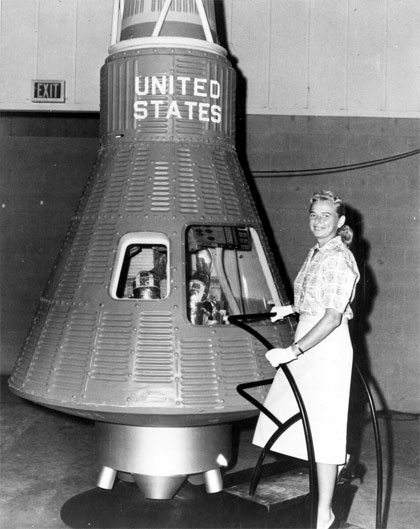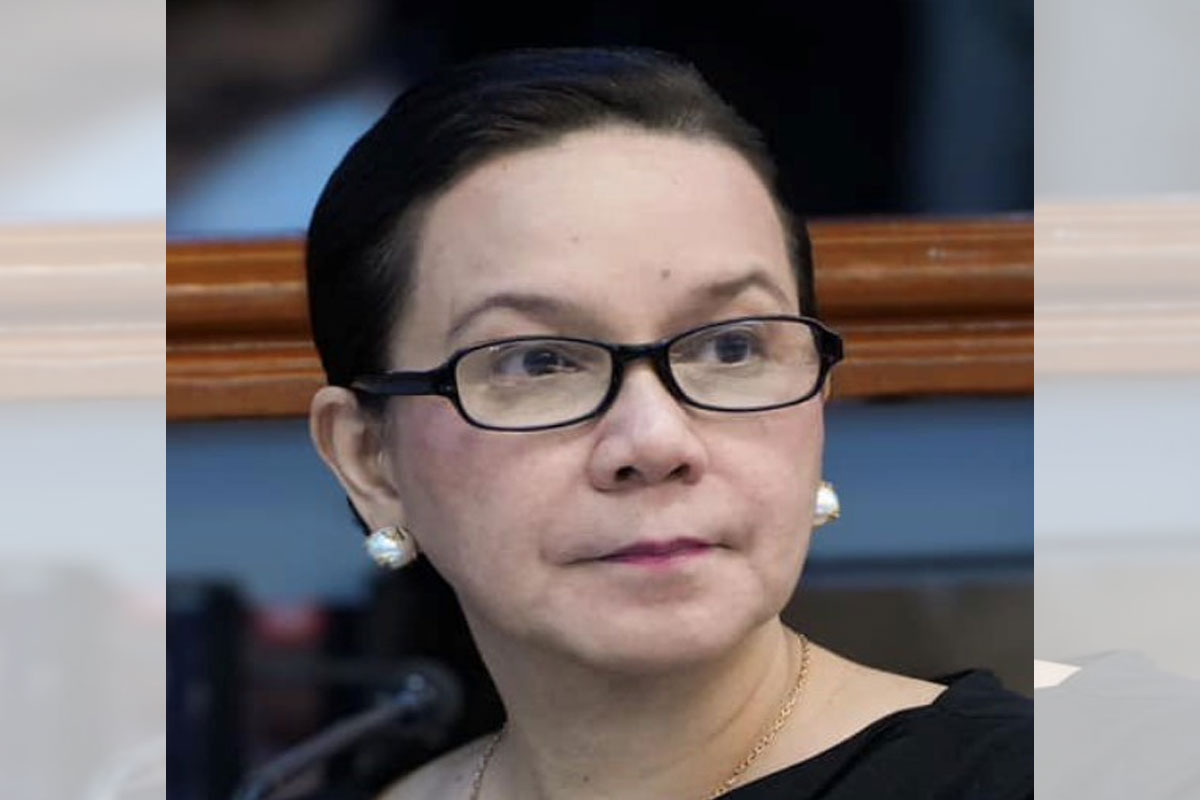
First NASA Female Astronaut was Third Woman Sent to Space: Know Why?
By Vicky Verma
One of the many important achievements of the Soviet astronautics in addition to the first man in space (Yuri Gagarin), the first spacewalk (Alexei Leonov), etc. is the first flight of a woman into space. The first female astronaut was Valentina Tereshkova in 1963. So, where was the first NASA female astronaut during that time.
First NASA Female Astronaut
Alan Shepard – the first American in space
Despite the widespread misconception at the dawn of space exploration, the United States was not so far behind the USSR in the development of space exploration. So, the first American, Alan Shepard flew into space just 23 days after Yuri Gagarin. The first spacewalk mas made by Ed White two and a half months after Alexei Leonov. And besides, the Americans made some achievements in the field of astronautics before the USSR. Such achievements include, for example, the first docking, the first orbital maneuver, the first flight lasting a week, etc.
This indicates that the space technologies developed in the USA at that time, although they lagged behind the Soviet ones, were also impressive. Why is the first NASA female astronaut, Sally Ride, flew into space only in 1983? Let us get it together.
How difficult is it to send a woman into space?
Male and female organisms are different. In particular, bone and muscle mass, as well as average bone thickness, affect the ability to tolerate flight overload. According to these parameters, men on average surpass women.
Read also: Moon Colonization Is Extremely Dangerous For Humans: Here’s Why
Therefore, the question of how safe it is to send a woman into space more than once was asked by both Soviet and American researchers. To study the effects of spaceflight and weightlessness on the female body, mammals of both males and females were sent to orbit many times. The research results showed that there is no significant difference in how male and female organisms carry flights.
First NASA Female Astronaut
 Miss Baker (squirrel monkey) sent into space to study the effect of weightlessness on the female body of primates
Miss Baker (squirrel monkey) sent into space to study the effect of weightlessness on the female body of primates
Therefore, scientists have come to the conclusion that, from the point of view of physiology, sending a woman into space is no more difficult than a man.
Confirmation was the flight of Valentina Tereshkova in 1963. Structurally, her spaceship Vostok-6 was an exact copy of Vostok-5 on which cosmonaut Vladimir Bykovsky was simultaneously in space with her.
Why didn’t NASA send a woman into space in the 60s?
By that time, NASA had completed spacecraft flights as part of the Project Mercury, i.e. technically, they could put a woman inside the ship and send her into orbit, but still had not done this until 1983.
At the dawn of manned space flights, NASA’s position on selecting astronauts was that the astronaut must be a test pilot in the Air Force. However, in those years, women were not even allowed to study at the Air Force schools, so there was simply nowhere to come for candidates for the role of astronauts.
You Mean a Woman Can Open It? An example of a 50s sexist ad in the USA.
In the 60s, the United States did not even resemble the bulwark of liberalism and tolerance that they have become today. In the 50s and 60s, the typical role of a woman was the role of a housewife with her husband working. And if in the case of the death of a male astronaut, NASA could justify that they had selected the most qualified pilot and if he could not do anything, then no one could do it, then the possible failure of a flight with a female astronaut would be a disaster for NASA.
It took more than 10 years for the United States to adopt the Equal Employment Opportunity Act, 1972, so that NASA would begin to consider the possibility of sending a woman into space at least hypothetically. And finally, in 1978, the first candidates for astronauts were recruited.
As a result, the first NASA female astronaut was astrophysicist Sally Ride, who flew into space aboard the Shuttle Challenger on June 18, 1983. However, she failed to become even the second woman in space. About a year later, the second Soviet woman astronaut, Svetlana Savitskaya was in orbit a year before Ride, on August 19, 1982.
First NASA Female Astronaut
 Sally Ride – the First NASA Female Astronaut
Sally Ride – the First NASA Female Astronaut
It is worth saying that even during the implementation of the Mercury program, a group of female civil aviation pilots privately trained according to the same programs as male candidates for astronauts. Reportedly, they showed test results that, if they were men, would allow them to claim to fly into space.
First NASA Female Astronaut
 Jerrie Cobb– one of the members of a group of female pilots trained to fly into space in the 60s
Jerrie Cobb– one of the members of a group of female pilots trained to fly into space in the 60s
But NASA flatly refused to consider the results of the training and tests of these women, and despite some support from liberal politicians, this initiative stalled.
Thus, the reason for such a delay in sending an American woman into space was the conservatism and sexism of the NASA leadership, combined with discriminatory legislation that did not allow women to certain positions in aviation.



























